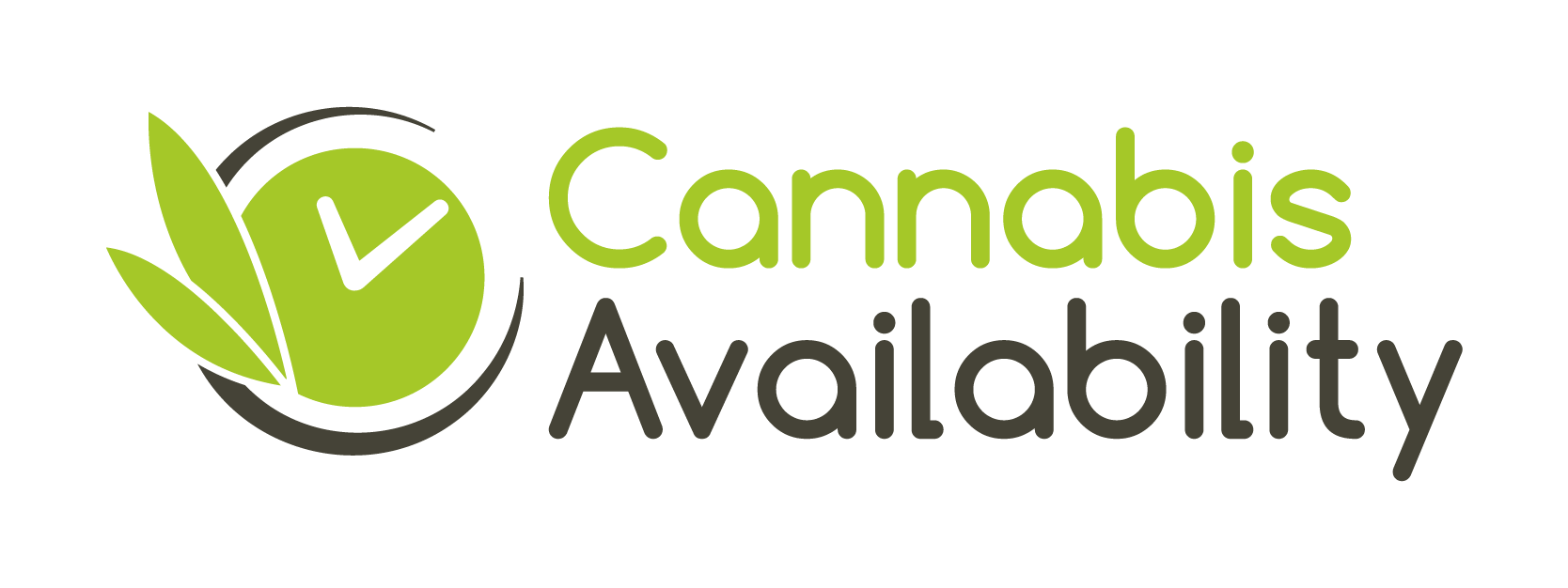When it comes to cannabis, not all markets are created equal. Some states operate medical-only programs, while others allow both medical and recreational sales. These two frameworks don’t just differ in terms of laws—they also shape what products make it to store shelves, how customers can access them, and even how much they pay.
Different Rules, Different Outcomes
Medical cannabis programs are designed around patients. That means access typically requires a medical card issued by a doctor, and products are tailored toward therapeutic needs. For example, states like Florida and Ohio limit recreational sales but allow qualified patients to buy tinctures, capsules, or higher-potency flower meant for symptom management.
Recreational markets, on the other hand, are geared toward the general adult population. Here, the focus broadens: brands highlight flavor, potency, convenience, and lifestyle appeal. In Colorado, Nevada, and California, dispensary menus showcase everything from infused seltzers to gourmet edibles, while still keeping medical patients in mind.
The takeaway? Regulatory structures guide what’s available. If the program emphasizes patient care, the market may prioritize capsules and tinctures. If the program leans toward adult use, expect a wider selection of fun, fast-moving consumer products.
Supply Chain and Licensing
Medical vs. recreational markets also diverge in how products are cultivated and distributed. Medical-only states usually have stricter licensing rules, limiting how many operators can grow, process, or sell cannabis. That can mean fewer options and less variety for patients.
Recreational states tend to issue more licenses, encouraging competition and innovation. A 2023 Marijuana Policy Project report highlighted that states with broader licensing frameworks saw a faster rise in product diversity. Think about Michigan—where once-medical operators pivoted to serve recreational customers—shelves quickly filled with dozens of flower strains and infused products.
Price and Taxes
Here’s another big difference: the checkout counter. Medical cannabis is often taxed at a lower rate or exempt from sales taxes altogether. This helps patients, especially those who rely on cannabis as part of their daily health regimen. Recreational cannabis, by contrast, is frequently taxed at higher rates, with revenues directed to state programs like education or infrastructure.
For customers, this tax gap can affect availability too. If prices rise in recreational markets, some products may get phased out or rebranded to stay affordable. Meanwhile, medical programs often keep costs steadier to protect patient access.
Customer Experience
In a medical-only dispensary, staff often have a pharmacy-like role, guiding patients toward the right formulations and dosages. In recreational stores, the experience is more like visiting a lifestyle boutique. Budtenders might recommend the newest vape cartridge for a weekend concert, or highlight a seasonal edible.
Both approaches shape how inventory moves. Medical markets see consistent demand for therapeutic staples, while recreational shelves often rotate fast with new, trend-driven items.
Final Thoughts
Medical and recreational cannabis markets are two sides of the same coin. One prioritizes patient care, the other emphasizes consumer variety and accessibility. For customers, understanding the difference helps set expectations—whether that means relying on a consistent supply of tinctures in a medical state, or browsing ever-changing menus in recreational markets.
